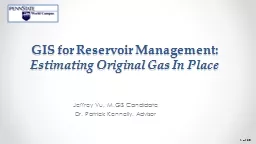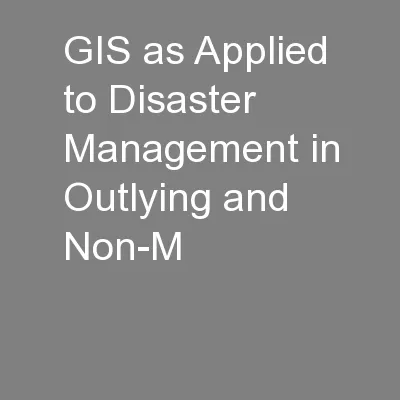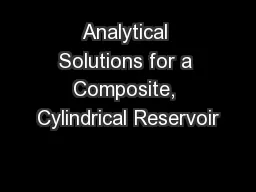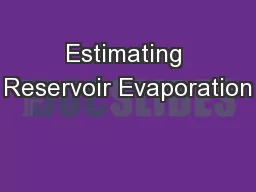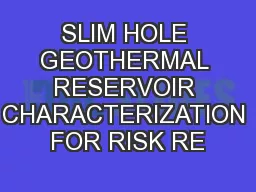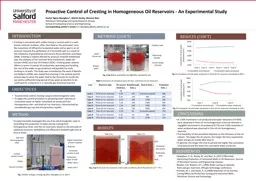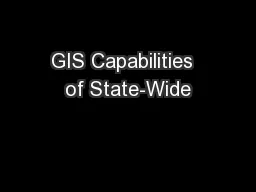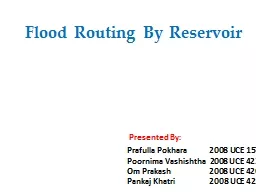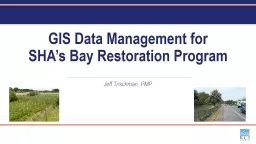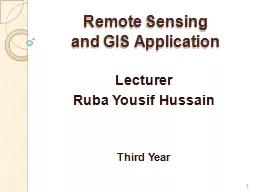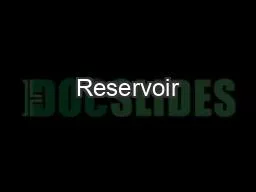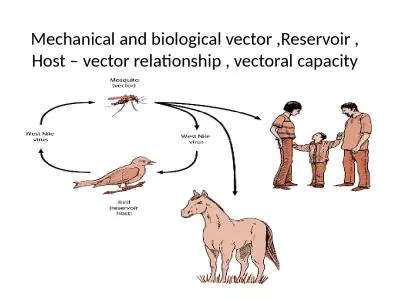PPT-GIS f or Reservoir Management:
Author : kittie-lecroy | Published Date : 2018-10-07
Estimating Original Gas In Place Jeffrey Vu MGIS Candidate Dr Patrick Kennelly Advisor Outline Background Introduction Objectives Data Methods Results References
Presentation Embed Code
Download Presentation
Download Presentation The PPT/PDF document "GIS f or Reservoir Management:" is the property of its rightful owner. Permission is granted to download and print the materials on this website for personal, non-commercial use only, and to display it on your personal computer provided you do not modify the materials and that you retain all copyright notices contained in the materials. By downloading content from our website, you accept the terms of this agreement.
GIS f or Reservoir Management:: Transcript
Download Rules Of Document
"GIS f or Reservoir Management:"The content belongs to its owner. You may download and print it for personal use, without modification, and keep all copyright notices. By downloading, you agree to these terms.
Related Documents

